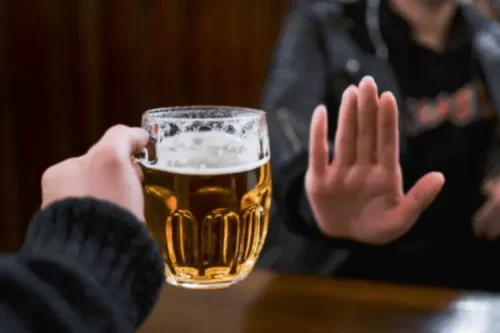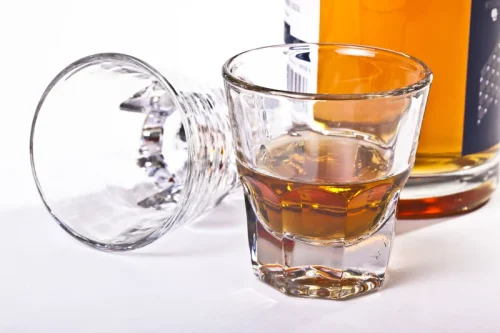There are several ways to taper your alcohol consumption without therapy. BetterHelp offers affordable mental health care via phone, video, or live-chat. By setting SMART goals, individuals can track their progress, stay motivated, and celebrate milestones along the way. It is important to start with realistic goals that are attainable, and to adjust the goals as needed to ensure continued progress.
It is important to note that for individuals with severe alcohol dependence, medical supervision or supervised detoxification may be necessary to ensure safety during the weaning process. Medications can play a vital role in managing the symptoms of alcohol withdrawal and reducing the risk of seizures. The use of medications should always be done under the guidance and supervision of healthcare professionals. Some commonly used medications for alcohol withdrawal management include benzodiazepines, which help to alleviate anxiety and prevent seizures. However, it is important to consult with a healthcare provider before starting any medication-based treatment. Gradually reducing alcohol consumption is a common approach for individuals looking to wean themselves off alcohol safely.
Tapering at Our Medical Detox Facility in Washington
A score of 15 or more indicates an increased risk for confusion and seizures, necessitating prompt intervention 6. The severity and duration of these symptoms can vary depending on the individual’s alcohol consumption patterns, genetics, overall health, and other factors. It’s important to note that some individuals may not experience any withdrawal symptoms, while others may experience symptoms at lower blood alcohol concentrations than usual 6. Weaning off alcohol gives your body chemistry a chance to adjust, reducing the shock to your system. It also lets you start working new habits and routines into your day to replace drinking, starting the transition.
Nutritional Wellness in Massachusetts Women’s Rehab
They provide a place for you to share your story, listen to other people’s stories, and learn from them. These support groups require no commitment from attendees, and you can attend meetings online. Addiction is a labyrinthine challenge that extends beyond physical dependence. Discover tips for staying sober on Thanksgiving, from mindful practices to navigating social gatherings. Explore if addiction is genetic and how this knowledge can guide treatment and prevention strategies. Matthew Perry converts Malibu https://yourhealthmagazine.net/article/addiction/sober-houses-rules-that-you-should-follow/ home into a sober living center for men, offering hope and support for recovery.
Is it Better to Taper Off Alcohol or Quit “Cold Turkey?”
Gradually reducing alcohol intake can lead to various physical health benefits. These can include improved liver function, better sleep quality, enhanced cognitive function, and a lower risk of developing alcohol-related diseases. As your body detoxifies and heals, you may experience increased energy levels and overall well-being. Handling social pressures when trying to quit alcohol involves intentional communication and planning. Informing friends and family about your new drinking habits can set clear boundaries, which can help alleviate pressure and foster understanding.
Alcohol contributes to approximately 3 million deaths each year worldwide, while also leading to disabilities and poor health for millions of individuals. These numbers highlight the urgent need for effective strategies to mitigate the harm caused by alcohol. There is no shame in admitting this — the National Survey on Drug Use and Health found that 28.9 million Americans suffered from alcohol use disorder in 2023 alone. To lower your alcohol consumption, try to stick to only one alcoholic drink per hour. In between drinks, you can have soda, water, or even a non-alcoholic beer or mocktail.
- Alongside professional help, developing healthy habits, avoiding triggers, and seeking support from friends and family can contribute to a successful alcohol tapering process.
- The journey to quit drinking safely often begins at home with the encouragement and understanding from friends and family.
- So, if you normally have 6 beers a day, you could be done tapering within one week.
- A doctor can provide advice on how to wean off alcohol safely, monitor your progress, and suggest medications or therapies to manage withdrawal symptoms.
- If you’ve been unable to quit on your own, you should consider attending an alcohol rehab center.
Ways to Stop Drinking
It’s important to remember that these medications should only be used under the supervision of a healthcare provider. They can be effective when used as part of a comprehensive treatment plan that includes therapy and support groups 3. Before diving into how to quit drinking safely, it’s crucial to have a clear understanding of what alcohol dependence is.
You might be surprised to find that you don’t need alcohol to enjoy certain events and previously would drink out of habit. “Replacing time or events spent drinking with other enjoyable activities is helpful. Exercise, family time, or cooking may provide distraction and promote your wellness,” Dr Lee said. Many people employ medication-assisted treatment for alcohol use to help curb the euphoric effects of alcohol. Alcohol can stay in your system for several hours depending on how much you drink.
Medication-assisted treatment (MAT) involves the use of medications to help individuals quit alcohol and manage withdrawal symptoms. These medications can help reduce cravings, alleviate withdrawal symptoms, and support long-term recovery. Common triggers for alcohol consumption may include social gatherings, stress, anxiety, loneliness, or certain locations. By recognizing these triggers, you Sober House Rules: What You Should Know Before Moving In can take proactive steps to avoid or manage them. For example, if attending parties or events is a trigger, you can choose to limit your exposure to such situations in the early stages of your recovery. Alternatively, you can bring a sober support person with you to provide encouragement and accountability.
The goal of tapering down is to make a gradual change while causing less stress on your body, both physically and emotionally. Withdrawal symptoms can vary in severity and depend on many factors, such as drinking history, metabolism, age, medical condition, what other substances or medication you take, and more. Because everyone’s body reacts differently, there’s not a lot of research that proves tapering can decrease the effects of alcohol withdrawal. Quitting alcohol is a journey that requires dedication, patience, and the willingness to change.
How to safely taper off your alcohol consumption
Detoxing from alcohol at home or self-detox isn’t universally recommended because the withdrawal process can be dangerous, especially for people with alcohol use disorder (AUD). Oftentimes, you’ll need medical support and supervision for a successful recovery. Engaging in activities that promote relaxation and self-care, such as taking baths, practicing yoga, or spending time in nature, can also be beneficial. These activities can help individuals manage stress and improve their overall well-being during alcohol recovery.









